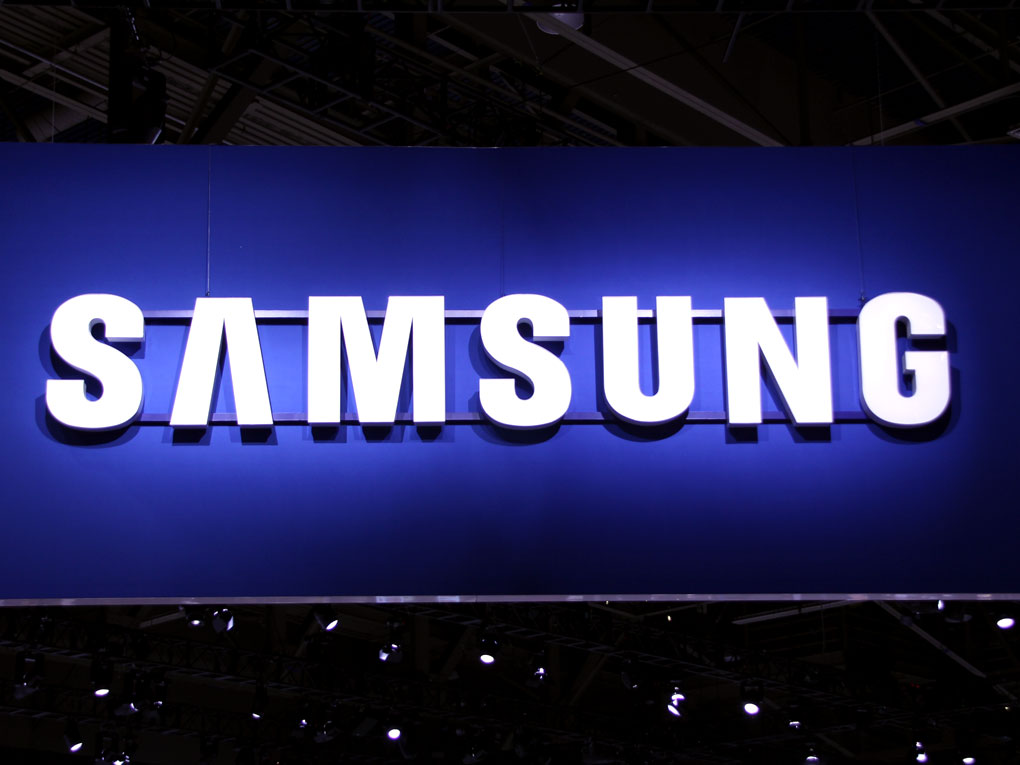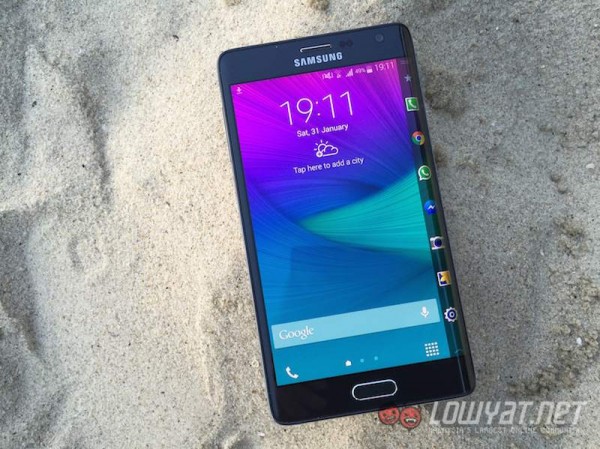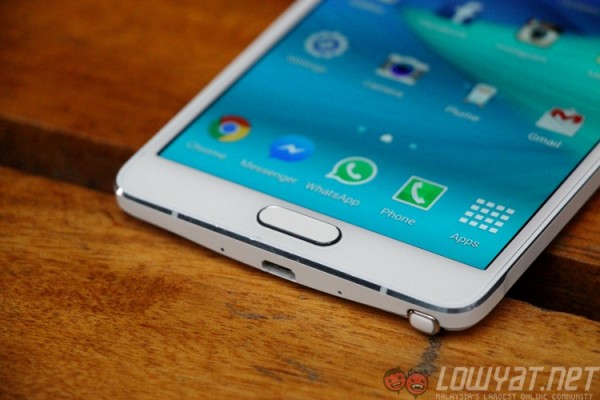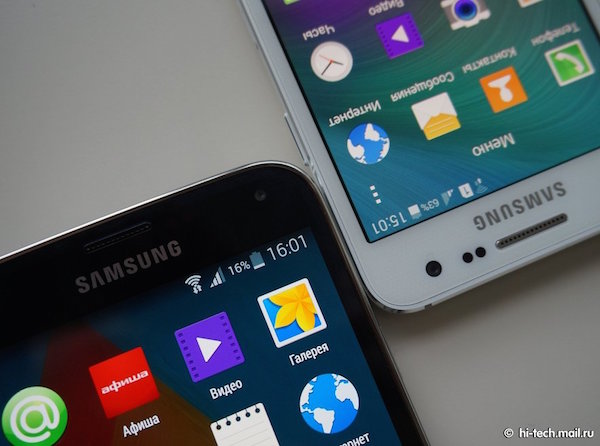
Mobile World Congress 2015 is taking place next week, and Samsung is preparing to demo its new 5G wireless connection at the conference. The new standard, developed with South Korean mobile operator SK Telecom, will allow data transfer speeds of up to 7.5Gbps, although all this apparently comes at a slight cost. One that might get in the way of deploying the technology anywhere.
Samsung’s 5G standard uses milimetre wave signals to send information, this generally means radio frequencies of between 30-300GHz. Most wireless communications these days use frequencies below 3GHz, and for good reason. Milimetre wave signals suffer from high atmospheric attenuation; meaning that they are easily absorbed by gases in the air. This provides for extremely short ranges and is only effective over a kilometre.

These signals are also disrupted by other things, like rain, leaves, and people. It is also incapable of penetrating walls and other obstacles, which is why it is generally not used for long range communications. In other words, it requires line of sight to the device to work properly.
However, Samsung has plans to work around this problem by deploying something called “3D beamforming”. This involves using base stations to triangulate the location of the mobile device, and then direct a narrow beam towards it to establish a stable connection.

Milimetre wave signals do have a good side to them. Due to the short range of the signal, it is possible to reuse the frequency many times within the same area without interference. It provides for a more efficient use of the electromagnetic spectrum, and reduces interference from outside sources.
That being said, deploying the technology would require a massive infrastructure for all those transmitters. Rain and other weather may also cause the 5G connection to fail, which is less than desirable for those who would like to enjoy their super high-speed internet without having to worry about a few storm clouds. Still, it will be interesting to see what Samsung has cooked up for users; and if it can put that massive R&D budget into building a stable 5G network based on these ultra-high frequencies.
[Source: PC World]
Follow us on Instagram, Facebook, Twitter or Telegram for more updates and breaking news.



